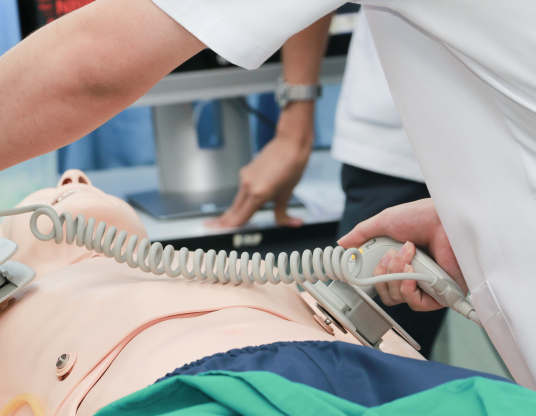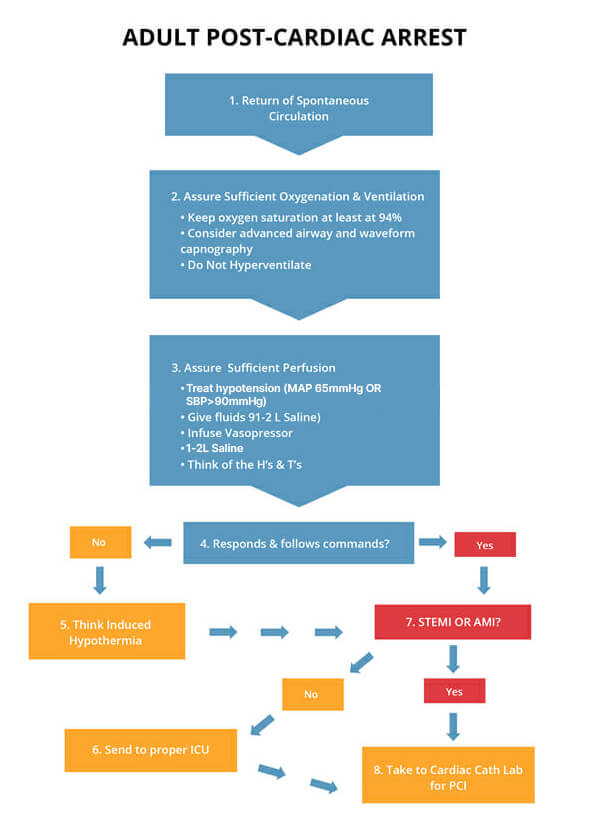Post-Cardiac arrest care
Our online ACLS certification course includes understanding the physiology of the heart, an overview of BLS and ACLS, ACLS Pharmacology, and AED training. Read More The course is best suited for healthcare/medical professionals. It has 2 years validity. A group of 5 or more can take advantage of group discounts. Read Less
$119.00$169.00

